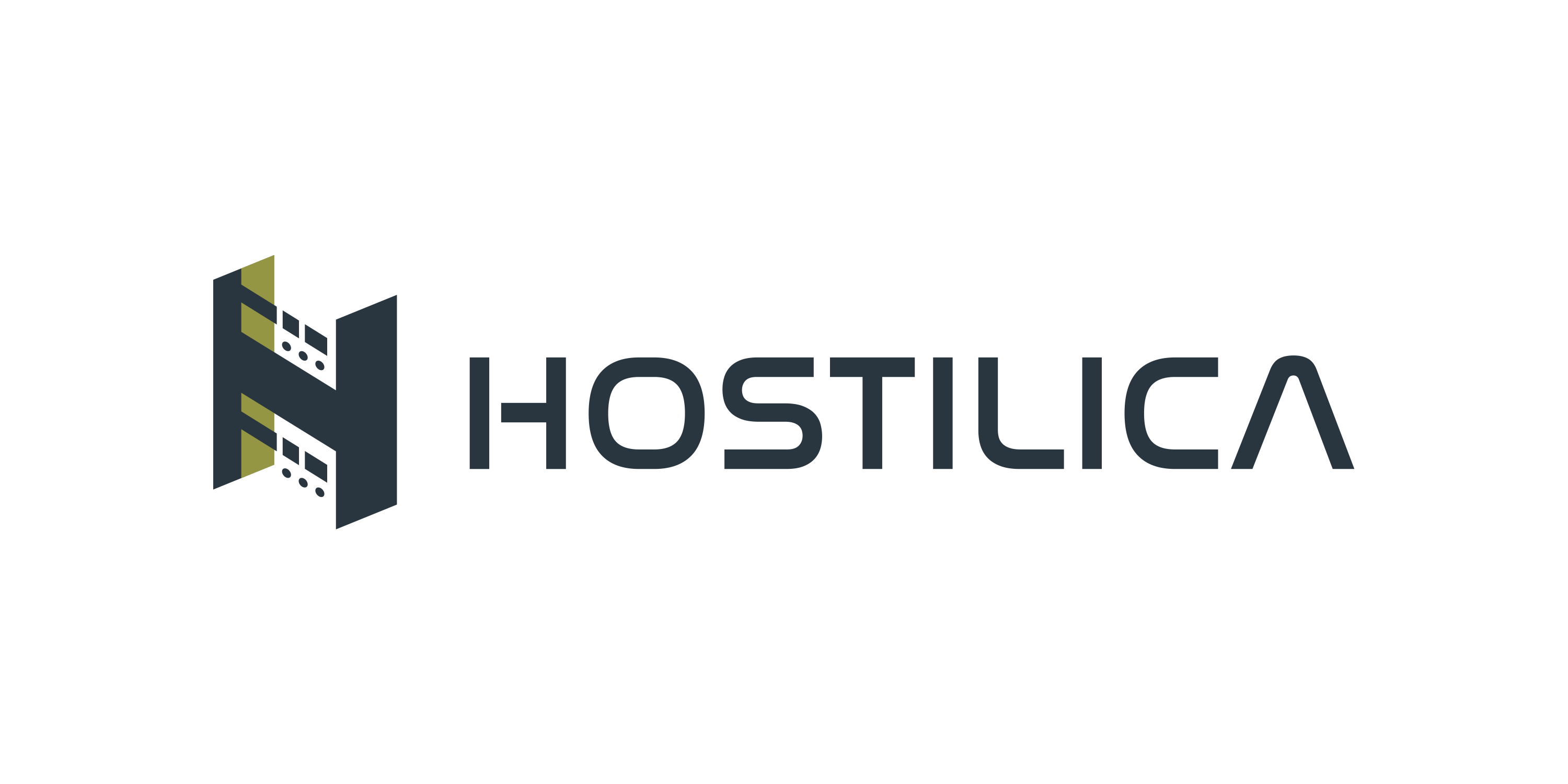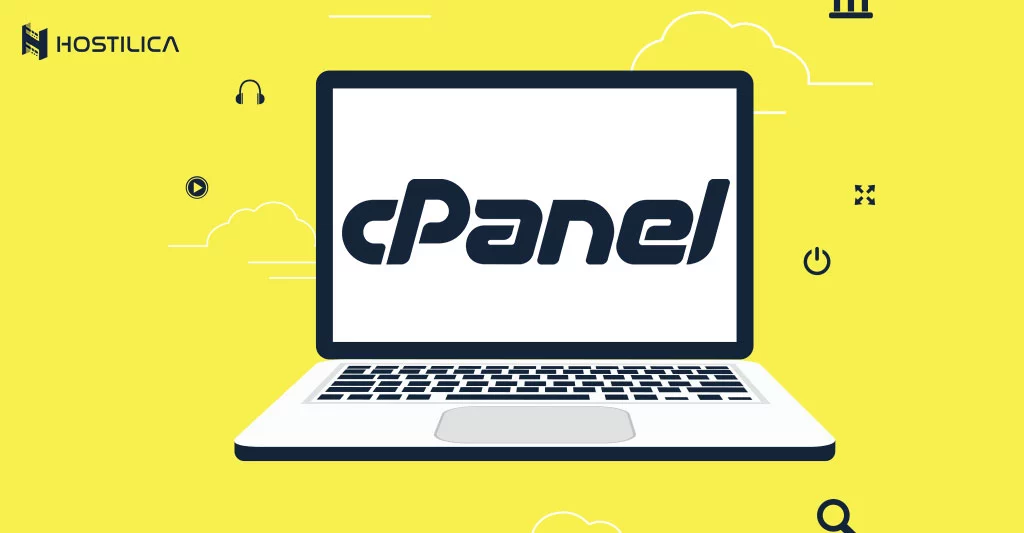In early September of 2008, Google launched its new web browser, Google Chrome. At the time, Google predicted, “In the next few months, half of all Internet users will have access to a high speed connection that provides data storage over both the Internet speed.” This prediction came just months before the company released its new browser. As it turns out, half of all Internet users now have access to a high speed connection that provides data storage over both the Wi-Fi speed and traditional broadband speed. All told, there are now 4.66 billion Internet users globally.
The only way to satisfy Google’s promise of fast web access is to implement features that require both the Internet’s bandwidth and the processing power of IPv4 technology. And unfortunately, the Internet’s bandwidth has been steadily decreasing. As a matter of fact, it’s only been a matter of years that broadband connections have become so slow that it’s become a real pain to use them. We are also currently in the early stages of what is referred to as “IPv4 exhaustion.”
But what is IP exhaustion and why it’s happening
“IPv4 exhaustion” refers to the exhaustion of the current pool of allocated IP addresses. Since the early 1980s, when the Internet began experiencing unprecedented growth, exhaustion has always been expected as the number of IP addresses allocated increased dramatically. The Internet’s technical complexity is made possible by many IP networking devices and networks, all of which are using up IP addresses to communicate with each other and perform functions on the Internet. There is currently less than enough space left for all the existing IP addresses to become used by the Internet. In order to cope up with this growing challenge, there are now strategies that help businesses save on resources in addressing all the incoming traffic.
The heart of the problem is the fact that the quantity of IP addresses that are being assigned daily is decreasing. The Internet Protocol (IP) was initially developed to be an international IP network that would support electronic mail and file sharing between users on a global scale. However, this technology quickly became used for other purposes, including establishing reliable inter-office mail service and routing of voice calls on the Internet.
This is where it became clear that there wasn’t going to be a significant increase in the number of IP addresses that are available through IPv4 or expansion initiatives. Instead, there were going to be significant increases in the number of unique IP addresses being assigned in the future. In order for us to continue to utilize the valuable IP network resources we already have, it makes sense for us to implement a system that will allow us to more precisely allocate those resources.
Solution and why isn’t it adopted:
By now, you’re telling yourself of course people have found a solution. IPv6 has been available since 1999, and it utilizes 128 bit for addressing against IPv4 32 bit addressing. This means that the number of IPv6 addresses is 1028 times larger than the number of IPv4 addresses. So it can support the Internet for a very long time. But here is the catch, IPv6 isn’t backward compatible with IPv4 and shifting to IPv6 is expensive, so of course companies are in no hurry to change to IPv6.
If you’re interested in learning more about the latest innovation in IP networking, you might want to visit the ipv6 article




